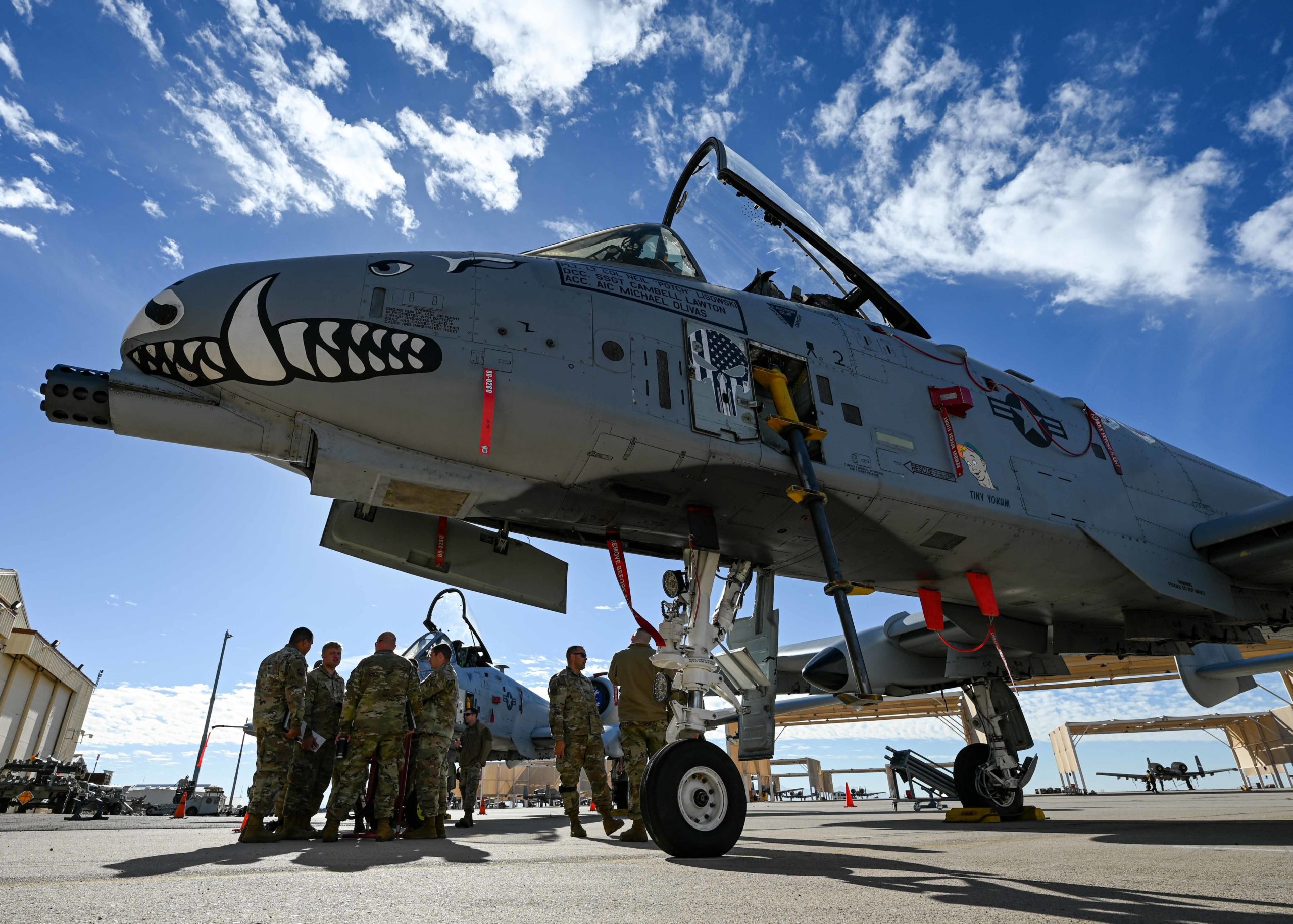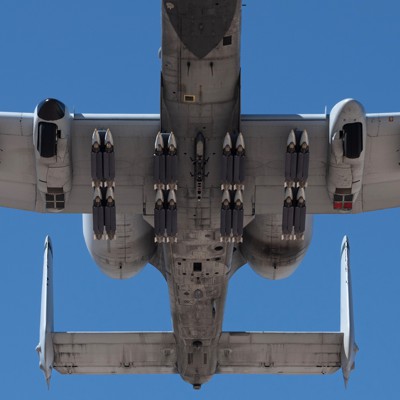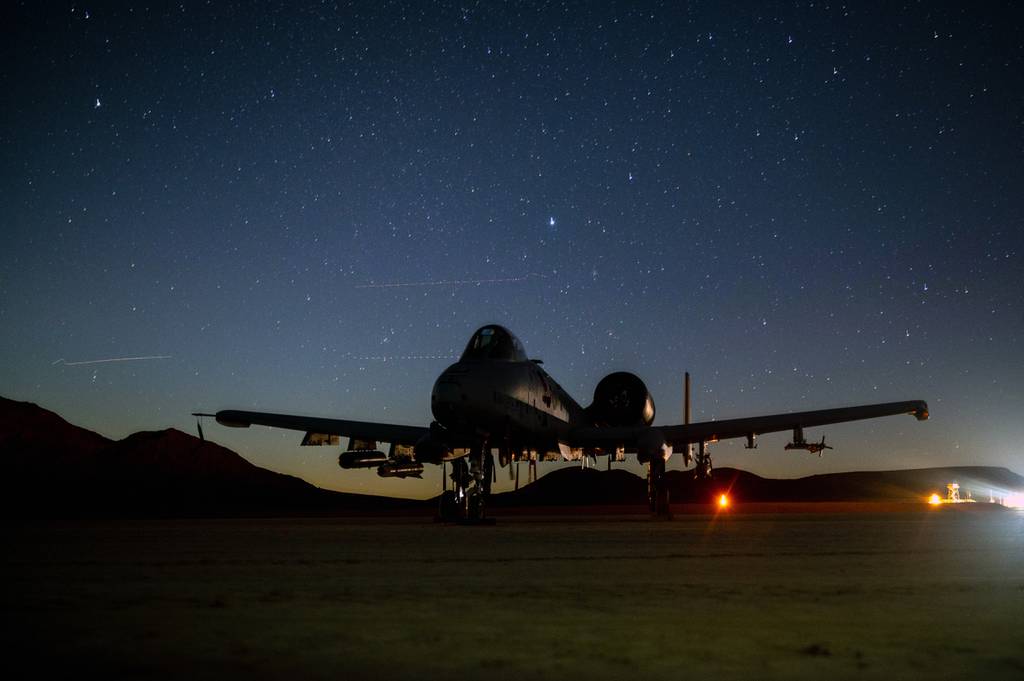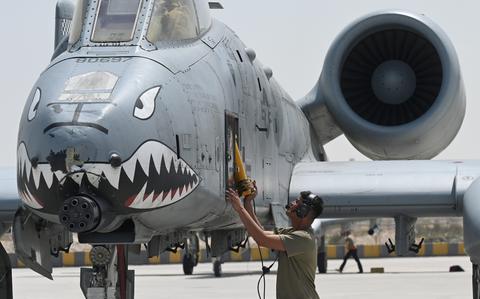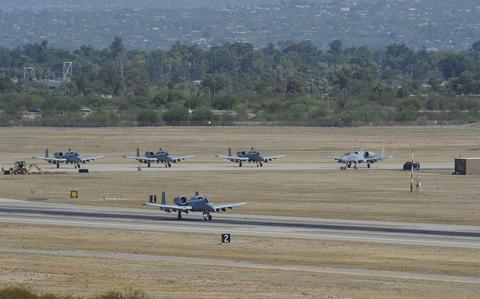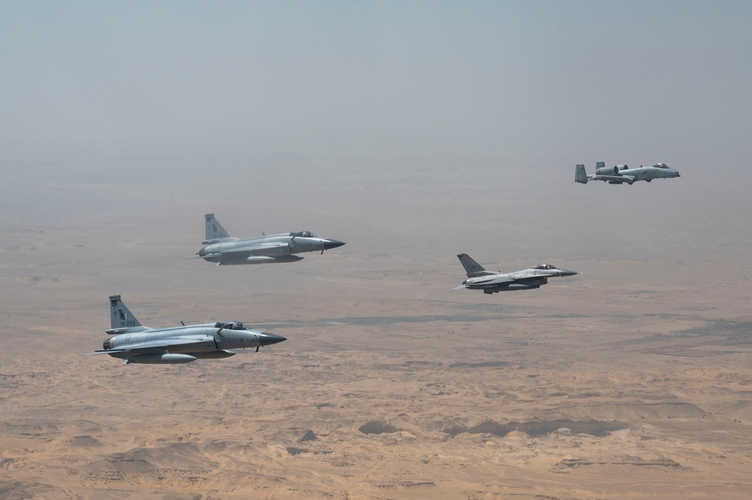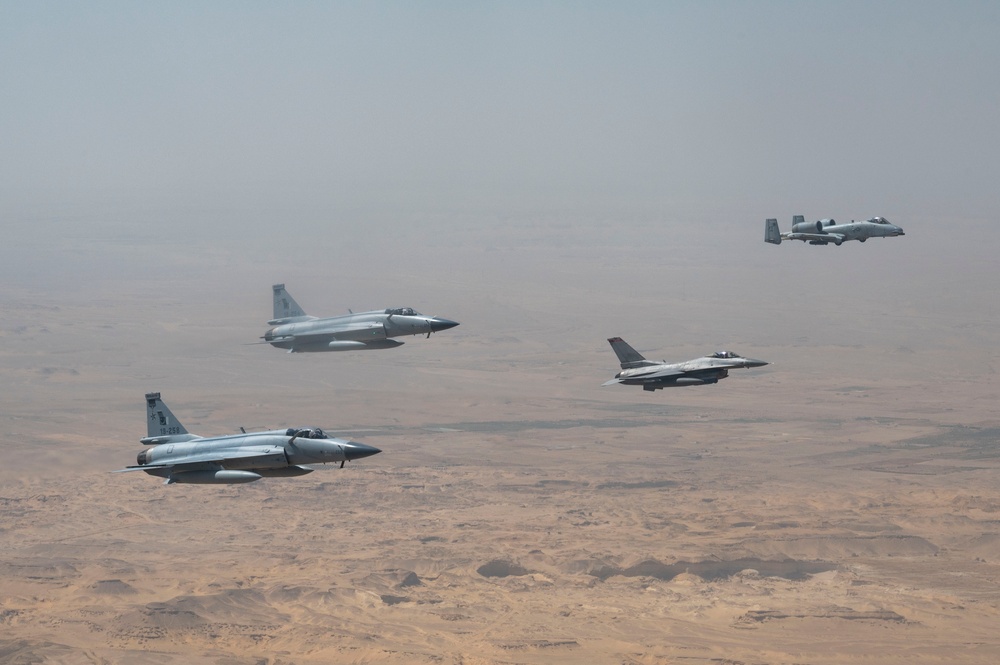The fact that Su-25’s availability and sustainability in relatively high temp wartime conditions is better than a Su-34 is really a very limited compliment when the Su-34’s availability is rather awful.
3 other key heavy strike aircraft of today - F-35, F-15E, and J-16 - aren't exactly serviceability/ availability stars either.
All 3 are maintenance-heavy aircraft.
The comments on the “survivability” of the Su-25 in this context could almost be taken as a sarcastic dark joke; by any reasonable measure the Su-25 actual survivability in the low level role against even remotely well equipped opponents isn’t remotely acceptable. I’m sure your comments will be greatly appreciated by those required to (ultimately unnecessarily) loose their lives due the Russian airforces poor equipment and resulting necessitated doctrine/ tactics.
All other strike aircraft in the Ukrainian conflict either do low-level approach (to ascent&launch/release point), or perform stand-off attacks (not exactly CAS type).
Everything else sooner or later gets some sort of a flying pole. This includes tactical recon drones - aircraft with signatures across different bands
well below LO aircraft. But those at least are attritable.
Leisure, routine operations in the clear sky shouldn't be expected, stealth/escort jamming or not. Especially for aircraft, intended to provide CAS to an average Joe when he needs it. incredible strike package flying over the corpses is a nice honor guard, but a really bad optics.
Thankfully Western airforces generally have significantly superior equipment (targeting pods, precision weapons, data sharing/ transfer, SEAD capabilities, etc. etc.) that mean they have other better ways of getting the equivalent job done. It is these very developments that also leave the A-10 as somewhat overtaken by events and not necessarily greatly missed when it bows outs.
(1)"Western airforces" is an unnecessary wide generalization of "we(stern world) and
that guy" (commonwealth troops syndrome). There are exactly two we-air forces with a degree of validity to this claim - USAF and USN. An argument can be made, that the 3rd place also shouldn't be discounted - Marine Air is impressive, too. All other "we" count for something only when added to the big two; Unlikely any of them (or even a combination of) would've been able to breach
even the very same outdated Ukraine.
They have
neither SEAD/DEAD training,
nor equipment,
nor PGM stocks - "even" compared to RuAF. Only we-bravado.
(2)Ambushing MRSAMs have very clearly shown, that all the superior equipment employed from medium altitudes, against a near-peer/peer opponent with a proper AD, goes down. In flames. Limiting Ambush opportunities & LOS time exposure to those systems & forcing SAMs to work against clutter is absolutely necessary,
even for stealth aircraft. Ahead-of-the-curve LO a/c (NGAD, B-21) won't be there for troops.
Yes - essentially all we-forces are better than RuAF in targeting. Better of them, also, in their current survivability level. Nonetheless, RuAF survivability level is modern, and represents
average/better than average for a general western AF; no, average western aircraft isn't AARGM-ER/SDB-breathing F-35.
As for the betters - well, yes, but their opponents aren't stuck in the late 1980s, like Ukraine, either. Ukraine has nothing remotely similar to SA-27 surprise capability.
Conclusion: near-peer/peer conflict CAS shall be expected to operate against an unsuppressed SAM network.
There is a certain irony in seeing Russian and other posters feeling they have to defend the A-10 because they are seeing it as a proxy to defend the Su-25 and the Russian use of the Su-25 when if the Russian airforce actually had the equivalent capabilities and options of Western airforces the Su-25 would probably have already been retired.
It isn't about A-10, which by itself is clearly outdated. It's about dismissing the best available experience since at least 1991 because it doesn't look the way we like. Those trenches and machine guns, superior
élan will clearly overcome them

.
It's a dismissal of basic qualities, which in no way contradict modern LO, sensory, and information capabilities.
A-X isn't a thread about how immortal A-10 is. It's about a need for a new peer conflict CAS aircraft.

